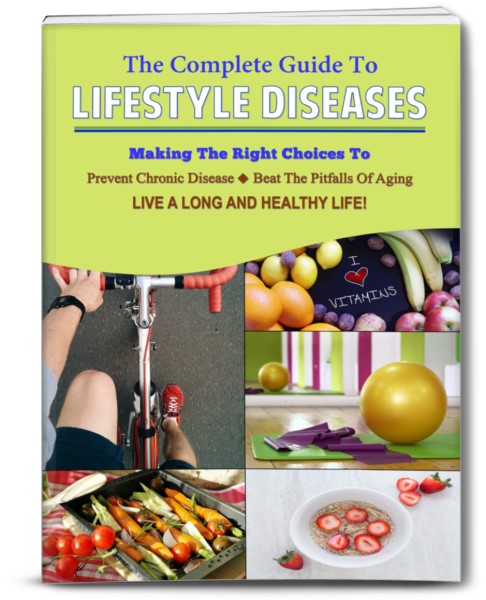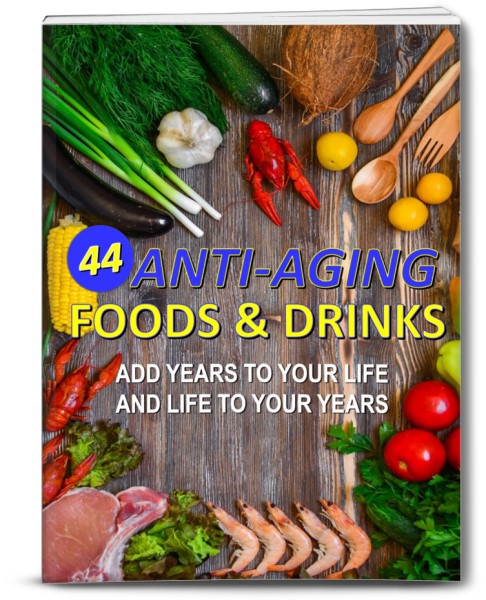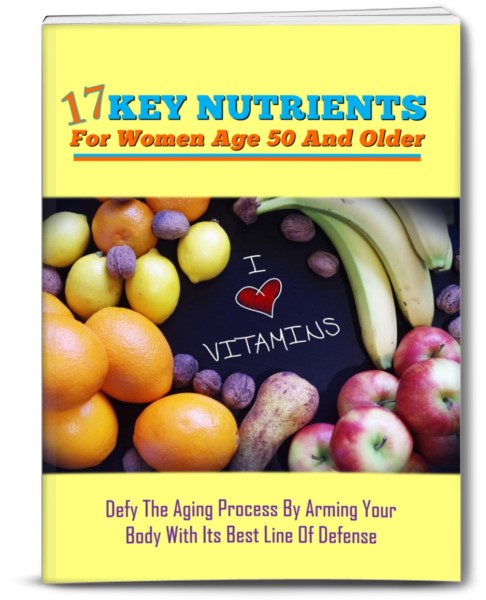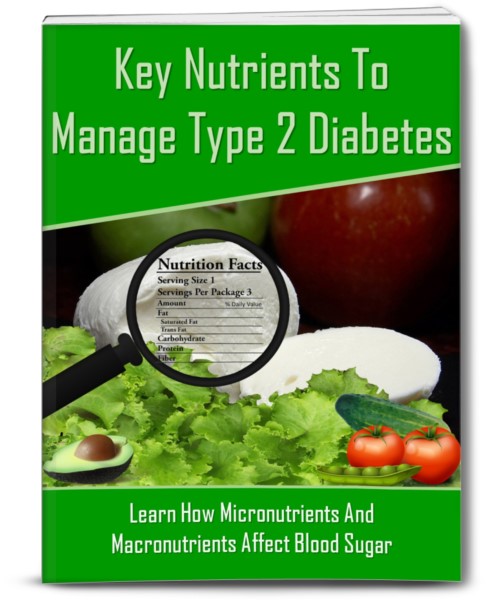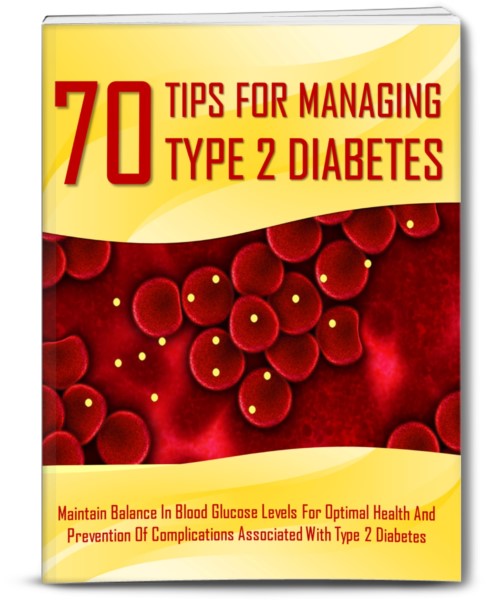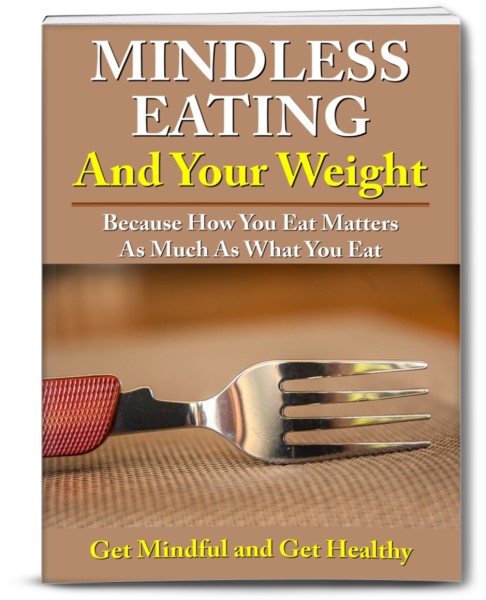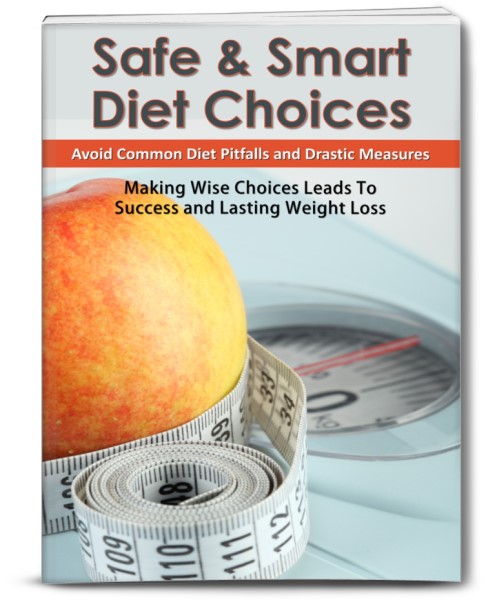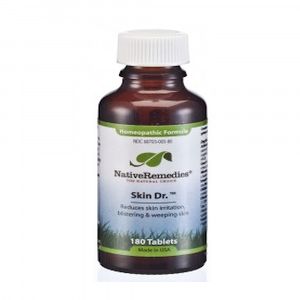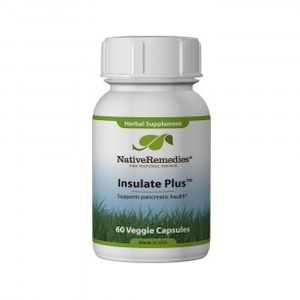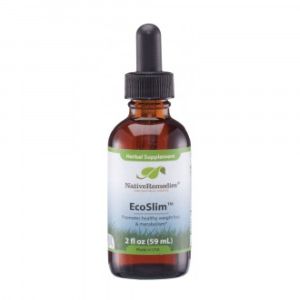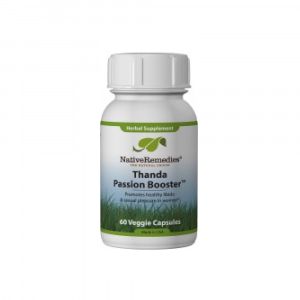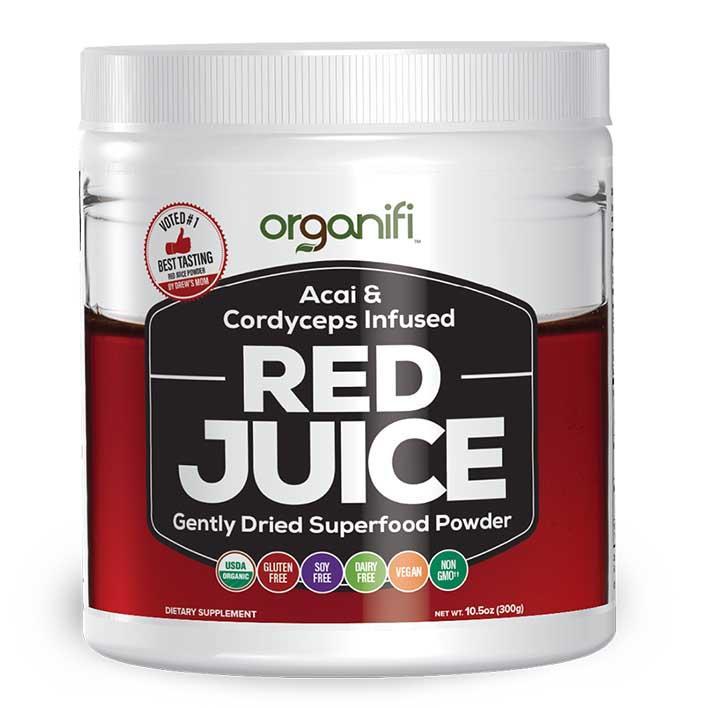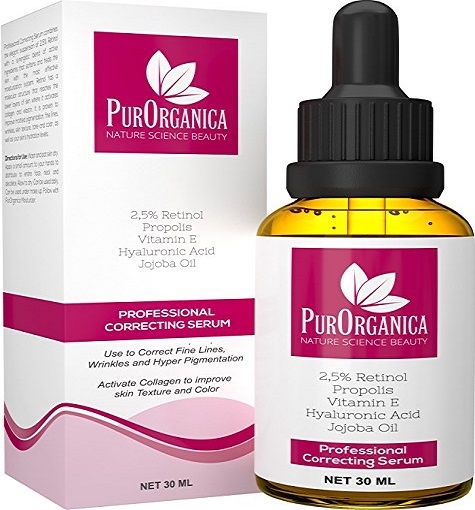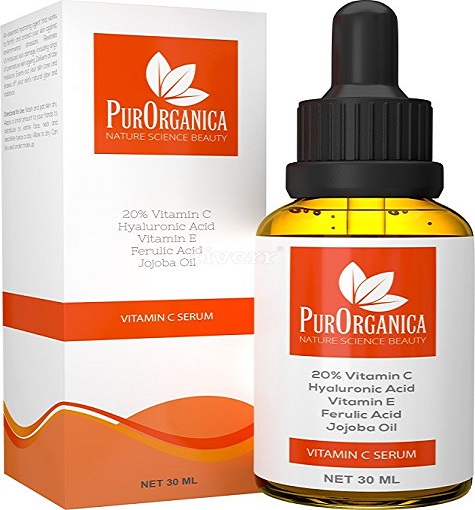The Right Way To Cook: Best Cooking Methods
In the 21st century, we have unrivalled discoveries in the field of health and wellbeing. Among findings that are popping up every day, one of most importance is eating a healthy diet, which includes considerations as to how meals are prepared.
Yes, it really is not enough to just select a seemingly healthy food item. Case in point, taking a lean chicken breast then smothering it with a floury coating and deep-frying it in oil is not equivalent to baking or grilling!
Considering diet, which includes cooking methods of foods you eat, is critical to healthy aging, as everything you put inside your body makes a difference in disease prevention, vitality, energy and overall health, not to mention your waistline.
With that in mind, there are cooking methods, which are superior to others. Join us as we explore your best choices!
1. Stir Frying
A very popular cooking method that involves the use of moderate to high heat and very little oil. The key takeaway point from this cooking method is to keep stirring all the while, ensuring an even distribution of heat. Stir-frying is ideal for vegetables, as the overall cooking time is relatively short, and stir-frying in a wok yields excellent flavor, without destroying nutrients.
2. Baking Or Roasting
Baking, especially when you use a drip pan to separate fats from meat, chicken, and turkey is very healthy. Meat, fish, chicken, turkey, pork, and all meats can be baked.
Roasting vegetables, such as onions, asparagus, peppers and Brussels sprouts is a great option, just don’t overcook them, a few minutes at 400F is all it takes. Flavor with garlic, and any spices you like.
3. Poaching
Poaching is ideal for chicken, eggs, and fish, and eliminates unnecessary cooking fats that add more calories but still creates tasty and healthy dishes.
4. Steaming
Steaming is among the healthiest methods to prepare foods, as all it involves it letting food cook with the steam generated above simmering hot water.
Steaming is attractive because of its ability to retain the heat labile nutrients in vegetables, and to cook tasty protein dishes without overcooking being a likelihood. Steaming is also a great way to reheat food if you are wary of using a microwave (although there is no solid proof that microwave cooking is bad).
5. Braising
Braising involves browning meat slightly in a pan, then covering it some type of liquid such as a broth, the pan is then covered, and the meal is left to cook slowly on a low heat.
Once done, the liquid can be made into a sauce; you can also get rid of the fat in the broth by refrigerating it for a while, and then removing the solidified fat.
6. Griddling
Griddling is an effective way to remove excess fat from meat, chicken and others, as the pan is designed with raised ridges upon which food is exposed to high heat for rapid cooking.
The excess fats are drained away in the troughs of the griddle, allowing for the elimination of unnecessary fat calories, as compared to standard frying or deep-frying.
7. Boiling
A tried and proven classic, boiling is without a doubt one of the best and healthiest ways to cook. Though considered a “bland” cooking method by many, it can be easily spruced up by adding herbs and spices to the water, which allows the food being cooked to absorb those flavors.
Keep in mind that for vegetables, steaming is a much better option as it avoids the loss of nutrients seen in boiling vegetables to death.
8. BBQ and Grilling
Grilling is an excellent option for many foods, as it helps maintain natural taste while adding a smoky zest. Grilling does not require the use of oil, and the use of sauces is optional.
There are some issues however with barbecues, as grill smoke contains polycyclic aromatic hydrocarbons, which are known to cause cancer. Another issue is that grilling forms heterocyclic amines that are only created when food is cooked at a very high temperature and these amines have also been linked to cancer.
AGEs or advanced glycation end products are also created when meat is cooked at extremely high temperatures, and research from Mount Sinai School of Medicine in New York, showed that these agents can build up inside the body and over time may lead to inflammation, oxidative stress, and higher risks for kidney disease, diabetes, and heart disease.
9. Microwaving
Microwave cooking is extremely popular nowadays, even though some maybe hesitant to use this method. However, there have been no proven findings that microwave cooking causes any damage to the human body, but what it does do is provide for a marvelous cooking and quick experience.
Vegetables that are cooked in a microwave were found to maintain much of their nutritional content, and in some cases even increasing the bioavailability of their nutrients. This is amazing considering that high heat cooking typically destroys nutrients.
Today, various brands are offering the very convenient “steam in bag” vegetables that you throw in the microwave for 5 minutes or so to have perfectly done fresh vegetables that maintain their nutrients.
Worst Cooking Method – Frying or deep-frying anything in oil is the worst possible scenario that leads to weight gain and is really bad for the heart.
Conclusion
Though choosing the right foods are the number one hurdle, some amount of consideration should be given to the way foods will be prepared.


